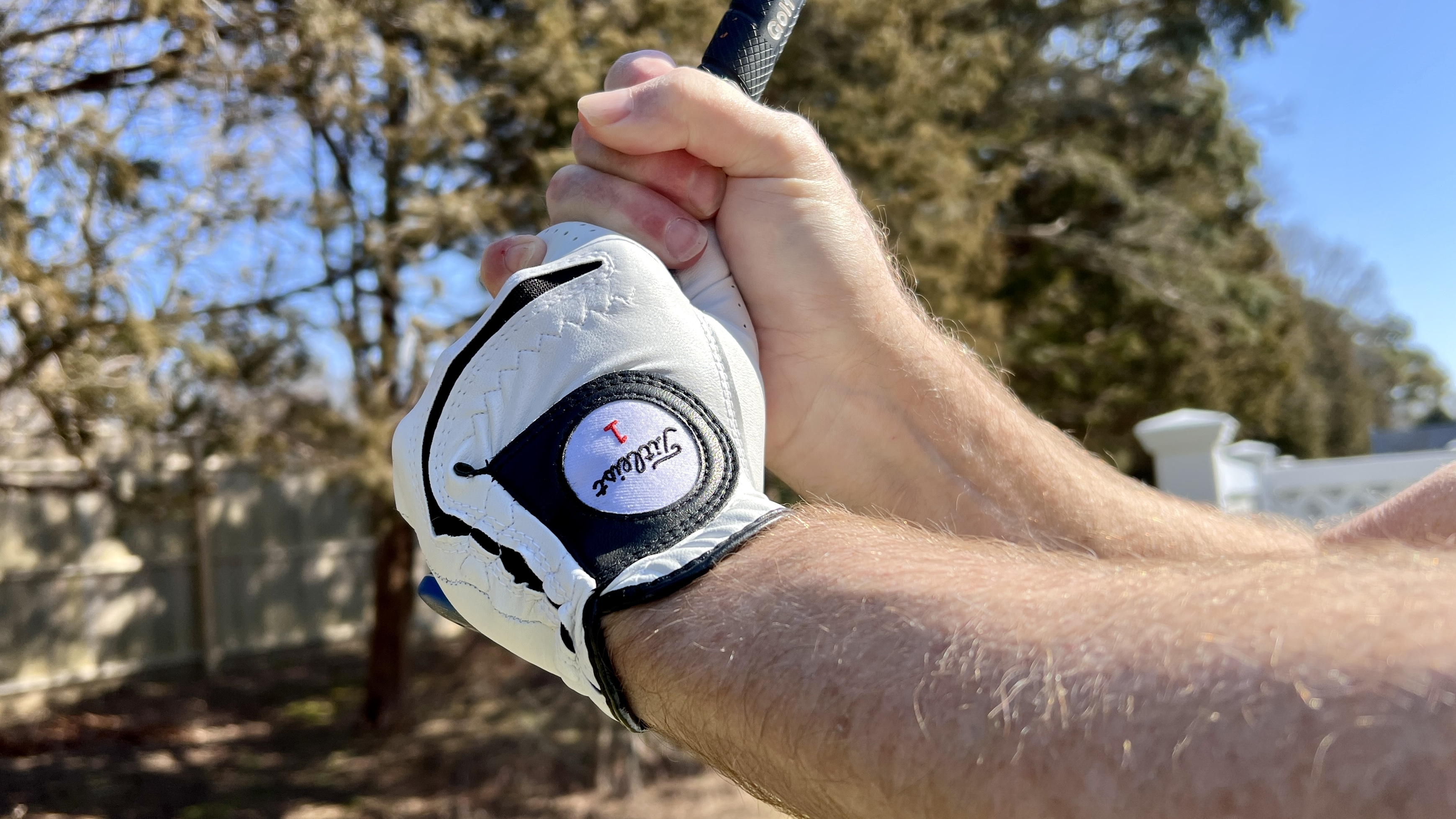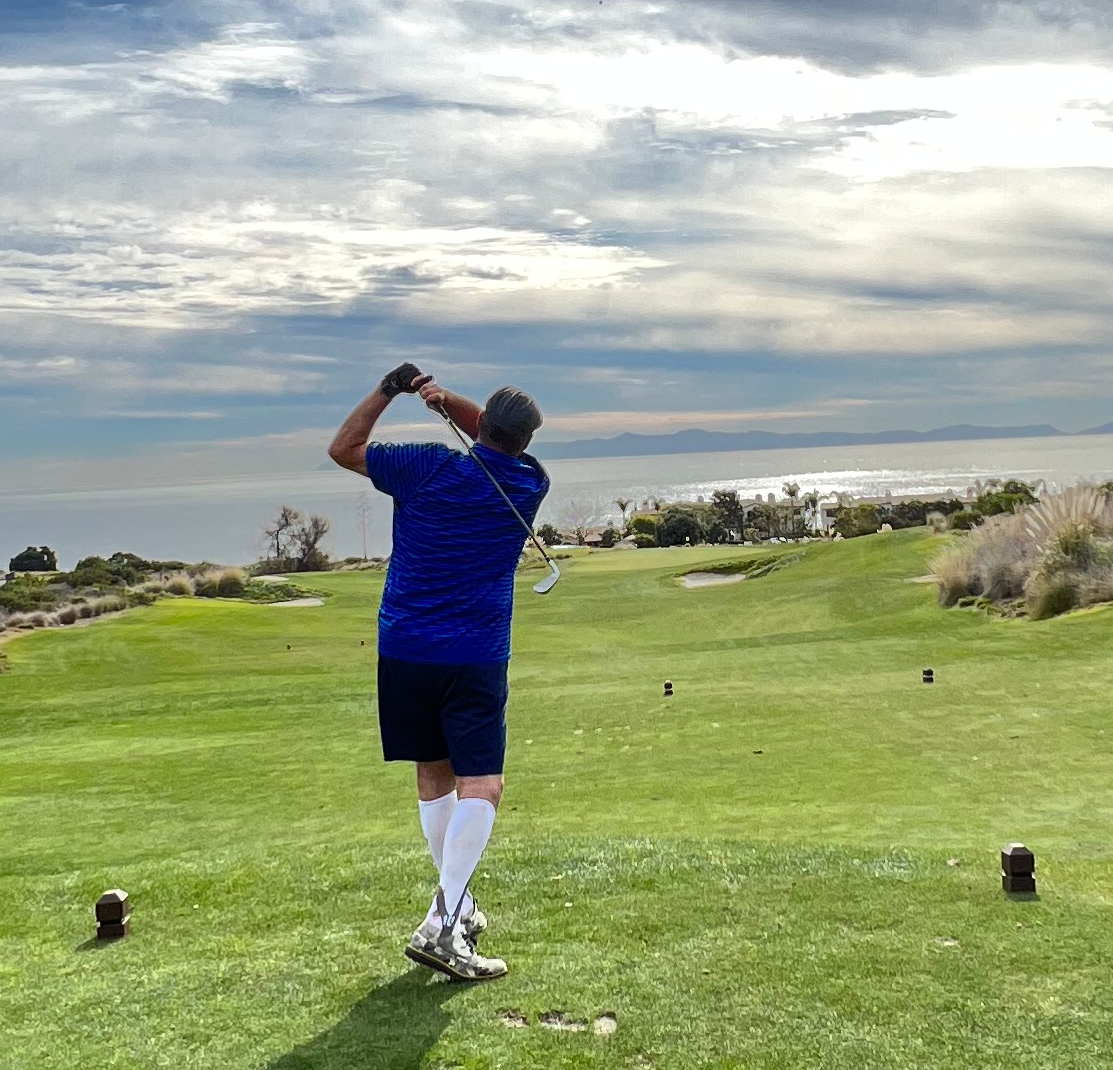Buying a golf glove — everything you need to know
Looking for new golf gloves? Don’t buy anything without reading this guide

Choosing the best golf glove is essential for giving you a confident, reassuring grip when controlling a golf club. In fact, the correct glove is an underrated piece of sports equipment. While clubs, apparel, and the best golf shoes tend to pull down more attention and fancier advertising campaigns, none of those elements really matter if you can’t keep hold of your sticks or if you develop a blister.
Fortunately, unlike clubs which can run into the thousands of dollars, or shoes that can set you back hundreds, a proper pair of golf gloves can find its way to your mitts for as little as $20.
Here you’ll find some expert insights and tips on selecting the right glove for you, along with a few brand recommendations.
Do golf gloves actually help and do you need one golf glove or two?
A proper golf grip is deliberately light and free of tension, and most golfers wear one glove on his or her non-dominant hand. Marion Accola, PGA professional instructor at Moorland Road Golf Center in Wisconsin, admits that many beginner players doubt such a deft touch will keep hold of a golf club during a swing.
Nevertheless, the human nervous system knows to keep hold of the club shaft well enough to complete the athletic movement. “Still, the golf glove can offer another level of dry stickiness for a confident swing,” says Accola.
Does a golf glove stop blisters?
In a word, yes. A golf glove can help protect the hand during the swing.
No matter which the player’s dominant hand might be, a good swing does slightly twist the club in the hands as the arms rotate around the body. As a result, the club grip tends to wear against the fleshy pad on the outside of the dominant hand. That’s where your glove will thin most quickly and tear first — unless your grip is wildly off base. (If that’s the case, see your coach. If you don’t have a coach, get one like Accola.)
Sign up to get the BEST of Tom's Guide direct to your inbox.
Get instant access to breaking news, the hottest reviews, great deals and helpful tips.
“As you work through glove brands to find your favorite, any product that seems to give out quickly at this key point should be tossed aside,” Accola says.
While a proper golf grip is light, less experienced players also tend to apply too much pressure — transforming the golf glove from a functional tool to protective equipment, to save the hand from blistering.
The vast majority of good quality golf gloves are leather, with more expensive options offering prestige quality. As a bonus, never underestimate the cool effect of pulling off your glove as you approach the putting green and tucking it into your back pocket. It gives you that little flare of PGA confidence!

How should golf gloves fit?
The proper fit for a golf glove rides a fine line between comfort and performance. The glove should fit like a second skin, but not be so tight that it’s at all uncomfortable or restrictive. You’re looking for grip and skin protection. However, since good golf relies so heavily on hand-eye coordination and muscle memory, you want a size snug enough and material thin enough to allow a sense of contact with your golf implements.
A good rule of thumb for fitting uses the look and loop closure on the back of most gloves. If the glove is the right size, that flap will close easily over the back of the hand with the two sides of the connection matching up end to end.
What are the best golf gloves?
The best golf gloves will have a spot-on fit, provide solid grip, and still last through plenty of swings. We found that the Titleist Players Flex golf glove hits all the right notes for comfort and quality. At $26, the Players Flex is as premium-feeling as you’d expect, with satin reinforcements on the cuff and thumb.
Take a look at all of the best golf gloves to shop right now. We've also rounded up the best golf shoes for hitting the green in.
John Scott Lewinski hustles around the world, writing for a network of publications recording a monthly readership of more than 300 million people. He covers lifestyle, travel, golf, cars, technology and hard news. As an author, he is represented by the Fineprint Literary Agency, New York.

